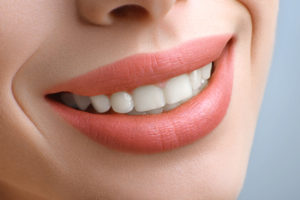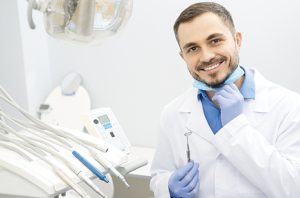Dental cleanings are recommended for most people twice a year, with or without any reported oral health problems. A dental cleaning typically includes the following:
- Removal of plaque and tartar from teeth
- Removal of any tough stains from teeth
- Polishing the teeth
- Comprehensive gum cleaning and checkup to check for any oral problems
How many cleanings should you have a year?
It is recommended that you have at least two professional cleanings a year. However, some people should have dental cleanings more often. This includes:
- People suffering from gum disease, to help stop the progression of the condition
- People with a family history of cavities and plaque build-up
- People with a weakened immunity (inability to fight off diseases and infections)
- People who have experienced traumatic events that could alter the chemistry in the mouth
When you complete your cleaning, your dentist’s office will schedule your next appointment, typically in six months. However, if you develop an infection, suffer a broken tooth, or are otherwise concerned about the health of your teeth, schedule an additional appointment between your regular cleanings.
What to expect during a dental cleaning
Dental cleanings are performed by a dentist or dental hygienist, and typically take between 30 minutes and an hour. Professional cleanings are important for keeping your teeth and gums clean. Many people are afraid of visiting the dentist due to anxieties and phobias; however, dental cleanings are not painful. You may feel a little discomfort, especially if your teeth or gums are sensitive. However, if you take good care of your teeth and have regular dental exams, dental cleanings are typically quick and painless.
What is the dental cleaning procedure?
1. A physical examination
The dental professional starts with a checkup of your mouth. They will use a concave mirror to check for any signs of inflamed gums or other issues.
2. Removal of plaque and tartar
With the use of the same mirror, the hygienist will use a scraper to remove tartar and plaque on your gum line and between the teeth.
3. Flossing and polishing
After scraping, the hygienist uses a handheld tool to polish your teeth with a gritty toothpaste. The paste helps in scraping off any stains. You may feel some grinding motion during the polishing. The hygienist finishes the process by flossing to remove any remaining plaque between the teeth.
4. Fluoride treatment
This is the last step in the cleaning process. A fluoride gel is applied to a mouthpiece that you wear for a minute to strengthen the dental enamel.
















